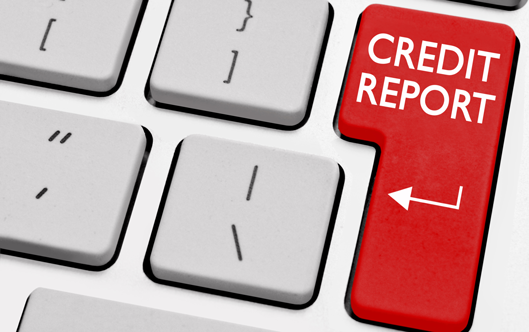Credit reports are a vital part of identity theft discovery and resolution, from revealing fraudulent transactions to removing errors and repairing a victim’s reputation. While that makes monitoring your credit reports for suspicious activity a valuable exercise, credit monitoring is reactive, not proactive. People who are considering using an identity theft protection service should make sure that the plan includes but is not limited to credit features, and pay attention to how credit reports are involved.
What is a credit report?
A credit report is a record of credit history that includes inquiries and information on things like credit cards, loans, bank accounts and payment history. It also includes personal information like addresses, employment history and Social Security information. Matters of public record may also appear on reports (e.g., liens or child support).
Why is a credit report important?
Recorded data is used to create a credit score, which speaks to a person’s creditworthiness and level of financial responsibility. The higher the credit score, the better, and it all boils down to what’s on the credit report. For example, a history of consistent timely payments boosts a person’s score, whereas, a delinquent account or bankruptcy lowers it. To top it all off, one in four people find errors or inaccuracies on their credit reports that are hurting their credit scores.
Bottom line: Reviewing reports will help people figure out what they need to fix financially to improve their credit score, so they can get a better mortgage rate, raise their line of credit, etc.
How do you get a credit report?
Every person is entitled to one free credit report every 12 months, from each of the major credit bureaus (
Experian,
TransUnion and
Equifax). People can request reports directly from the bureaus’ websites or through
annualcreditreport.com.
What does a credit report have to do with identity theft protection?
Credit reports play a major role in discovering/resolving identity theft; for instance, someone might review a credit report and see a line item describing a bank account or line of credit that he didn’t open or authorize. The reported data could then be used to contact creditors and file fraud claims, dispute the information with credit reporting agencies and prevent further misfortunes by instating a credit freeze and extended seven-year fraud alert.
Why should credit monitoring be included in an identity theft protection plan?
Given the involvement of credit reports with finding and fixing fraudulent activity, credit monitoring is a vital feature. Credit monitoring will help catch problems faster than victims can on their own. On average, one in three identity theft cases involves financial or credit fraud, and not many people make a habit of checking their reports to see if they’ve been affected. In fact, one in four people have
never reviewed their credit reports. Considering that more than nine million people become victims each year, just imagine how many of those people don’t even know they’re in danger.
How do services incorporate credit features?
Essentially, most products include two major features for credit monitoring. First is pulling credit reports from one or all three of the major credit reporting agencies. How often members can view or get an updated version of their credit report depends on the product: some are every 60 days, each quarter, once a year, etc. Keep in mind that getting all three reports through a protection plan generally costs more for the member, and it’s often limited to once a year.
The second part is monitoring changes to your credit report(s), as well as monitoring credit activity that eventually ends up on the credit report. Members receive alerts for anything suspicious.
Credit features may or may not include assistance from a Certified Credit Report Reviewer (CCRR), Certified Credit Counselor (CCC), Certified Identity Theft Risk Management Specialist or the like, as well as resources like letter templates for security freezes, victim statements, disputes and claim forms.
What to be aware of…
Credit monitoring is reactive, not proactive. If fraudulent activity shows up in a credit report, it means the fraudster already has that person’s information and is using it.
Reviewing credit reports is just one part of finding and fixing fraud. There are so many other steps that must be taken once evidence of identity theft has been found – so much that a protection plan can’t be limited to annually reviewing credit reports.
What's the answer?
The answer is a comprehensive identity theft protection plan (
such as we provide) that includes credit monitoring with real-time alerts, access to personal advisers and a secure personal dashboard with the member’s credit report and score. Members should be able to see their dashboards 24/7 and refresh their credit reports every 60 days. Features should include monitoring high-risk transactions involving a member’s Social Security Number, monitoring personal identifiable information and monitoring credit and debit card numbers in online and national databases. Available resources should include lost purse/wallet assistance, an emergency response kit, forms and letter templates.


